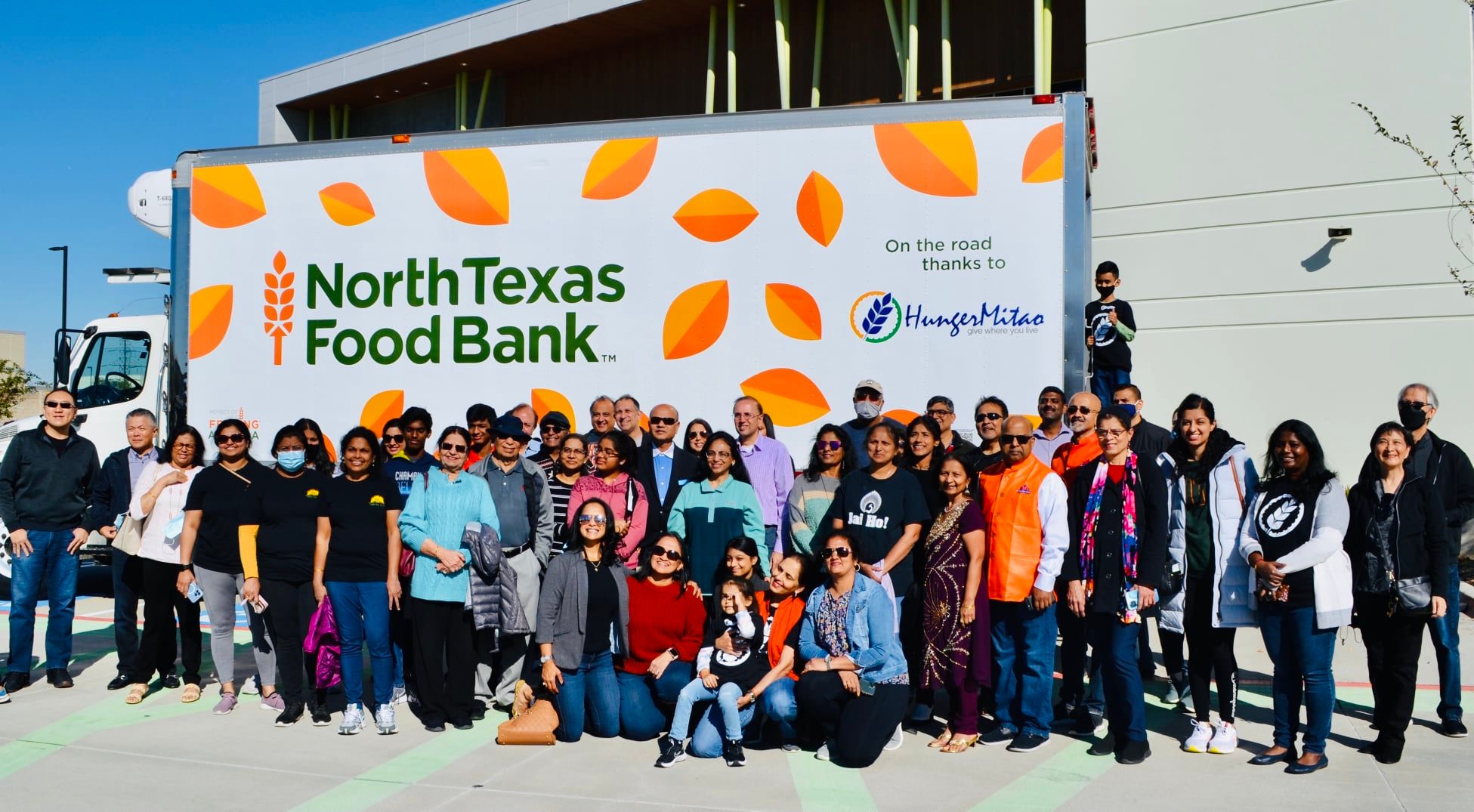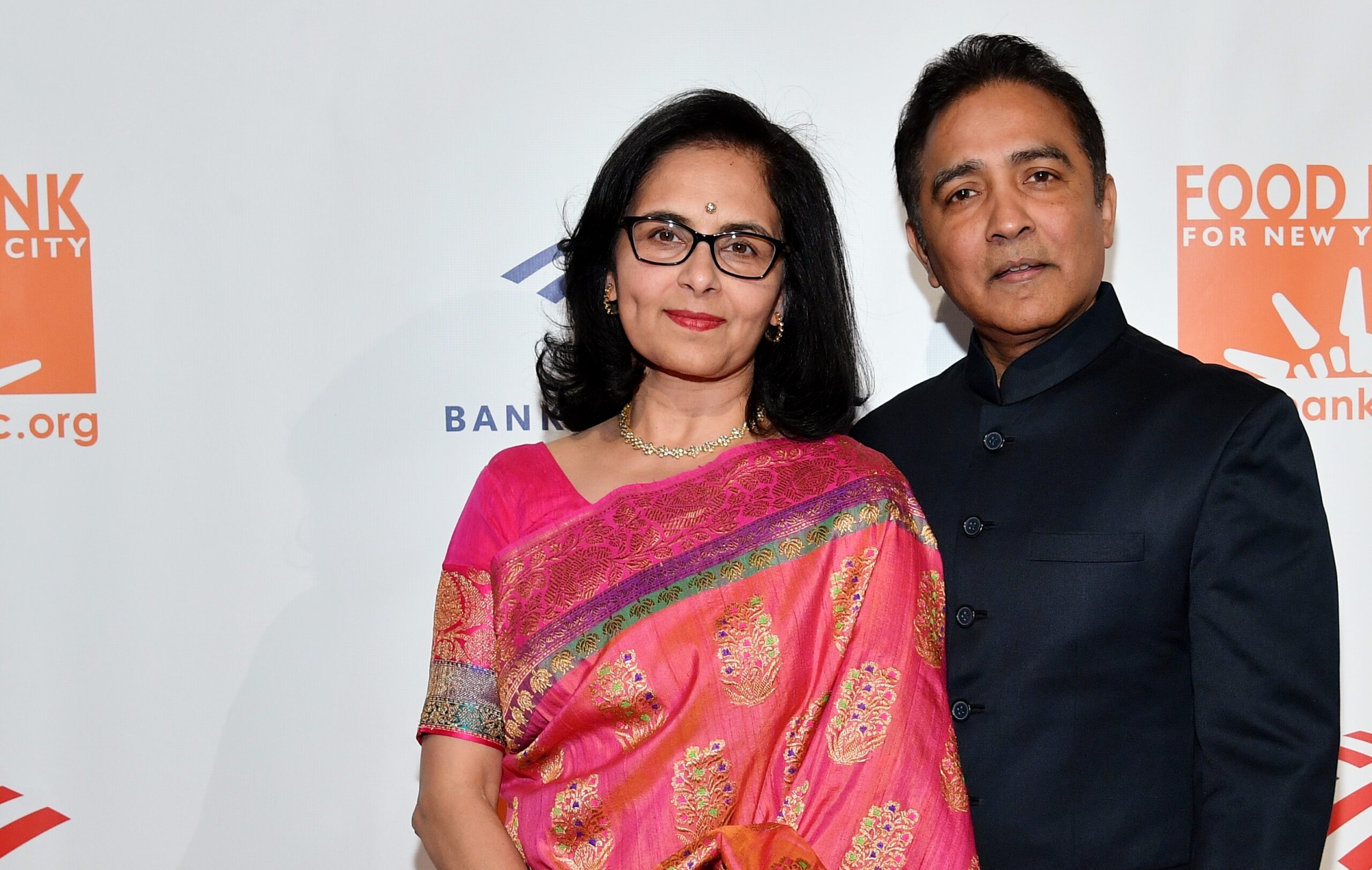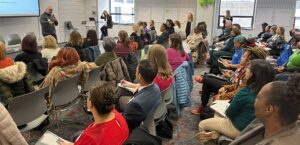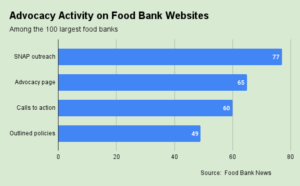Affinity marketing is the reason some people carry credit cards emblazoned with logos from a university or sports team. It taps into a person’s sense of identity, giving them an extra nudge toward a particular product.
Raj and Anna Asava have applied the concept of affinity to a more charitable end, by building a movement where affiliated group members act in concert to help solve hunger. They’ve worked for the past five years to ignite interest in hunger relief among the Indian American community through an organization they formed called HungerMitao.
Now they are ramping up their focus on bringing the model of HungerMitao, which translates to “wipe out hunger,” to other types of communities around the country. So far, the group’s outreach to the Indian American community has put it in partnership with about seven food banks around the country, and it hopes to work with many more as it scales its model to other geographies and affinity groups.

The couple’s approach has been wildly successful, generating the equivalent of 50 million meals across the country, including 15 million meals for North Texas Food Bank where the effort started. As the movement broadens, it is expected to take on many forms. “Any group of people that call themselves a community – it could be regional, or religious, or ethnic, or LGBTQ lifestyle – we will share this model with them,” said Raj. “The beauty of it is the sense of pride it brings to the community.”
HungerMitao’s approach is four-fold, designed to give everyone a way to connect to the movement. First and foremost, Raj and Anna want people to be aware of the issue of hunger in America. They have spread awareness themselves by conducting more than 150 information sessions, from audiences of two at a Starbucks to 20,000 at a football stadium.
Once aware, they encourage people to volunteer. HungerMitao tends to sweeten the chore by using Bollywood music, for example, to create a fun, cultural event. Third, they ask that people make food drives a routine part of celebrations and get-togethers. Finally, they ask for monetary donations. “Everybody can find a way to get involved,” Raj said.
Food banks are the recipients of the money raised by HungerMitao. In each of the areas where it operates, HungerMitao connects with a local food bank, asking that they set aside four to eight hours of staff time a week to support whatever local needs may pop up. Feeding America in fact has created a short memorandum of understanding that describes what a food bank can expect from HungerMitao and vice versa.
The group has also found it helpful to have a Steering Council, made up of members of the community, that meets weekly to generate ideas for fundraising and movement-building. Any effort must be self-funding as HungerMitao does not depend on any food bank resources.
By design, HungerMitao is not a 501(c)(3) organization and does not have any paid staff. It does not collect any money, nor maintain any ongoing relationships with donors. Rather, it views itself as a cause-focused movement. “We don’t want bureaucracy and we don’t want to be a bottleneck,” Raj said.
So far, the HungerMitao movement has spread to the geographies where the four-million-strong Indian diaspora tends to have a presence, such as the West Coast, New York, Chicago, Houston and Michigan. The model is also reaching new community groups. In the Dallas area, the Chinese-American community has launched a movement known as Nihao, and the Latino/Hispanic community has formed SinHambre. Both are taking advantage of the data repository of best practices already created by HungerMitao
Raj and Anna didn’t necessarily intend to start a broad-based movement. Their original goal was to provide one million meals to the North Texas Food Bank within an unspecified amount of time. They targeted the Indian American community first, drawing on the deep connections they had formed throughout decades of corporate and civic leadership in the Dallas-Fort Worth area.
The initiative started to take shape once Raj was made aware of the depth of the hunger problem in the U.S.. When asked in 2015 by the mayor of Plano, Tex., to support a backpack program, Raj said he was “shocked” to learn that hunger exists in every zip code of America, even in the schools his kids had attended. “The face of hunger is so different in America versus other parts of the world,” he noted.
Raj had immigrated to this country as a young man, started out as a dishwasher, and studied computer science in college, ending up as a high-ranking executive at several large technology companies. He and Anna, who also immigrated from India and worked as a business consultant, felt the need to give back in a bigger way than standard philanthropy. “This country has given so much to us,” Raj said.
Having proven the value of the community-driven affinity model, Raj and Anna would like to see it continue to spread. “The community plays a very, very critical role,” Raj said. “We encourage other communities that are interested to please reach out to us. We would love to share this model.” – Chris Costanzo
Like what you’re reading?
Support Food Bank News
This article was made possible by the readers who support Food Bank News, a national, editorially independent, nonprofit media organization. Food Bank News is not funded by any government agencies, nor is it part of a larger association or corporation. Your support helps ensure our continued solutions-oriented coverage of best practices in hunger relief. Thank you!
Connect with Us:










